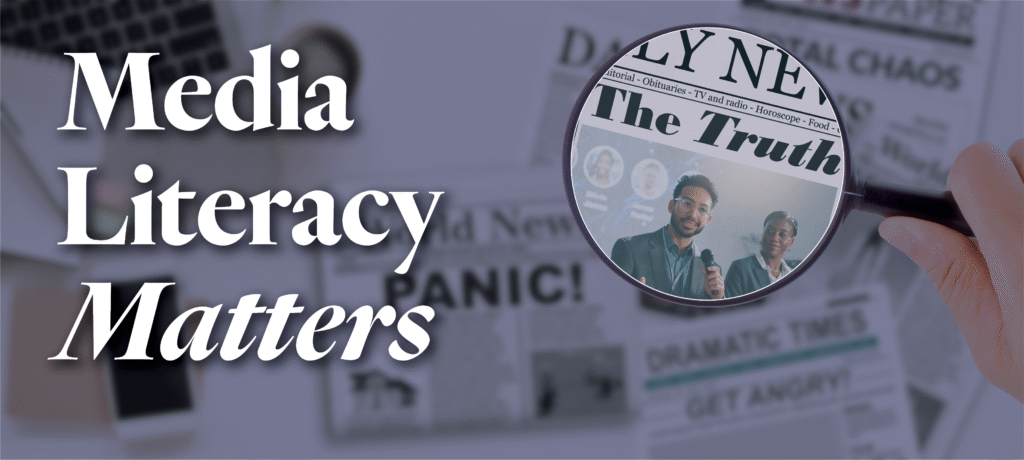
One of the most rewarding things we do is work with clients to place op-eds in print and digital publications expressing an important point of view.
It’s both high stakes and high reward: Op-eds — so called because they historically appeared “opposite” of “editorials” in newspapers — are read by people who make decisions. Elected officials. Civic leaders. The people in charge.
There’s no magic formula to writing a successful op-ed, but some tried and true tactics provide a roadmap.
Have an opinion
This sounds basic, but you’d be surprised how many first drafts lack it. The best op-eds assert a strong opinion from the jump. These aren’t academic treatises; for example, if you’re writing about crime in your neighborhood, you shouldn’t be doing a comprehensive review of all the evidence that has ever existed about the urban condition. Cite the few stats and figures that best back up your position and get to the meat of your argument.
Be timely and relevant
Any editor who receives your submission will ask two questions: Why are we writing about this here, and why are we writing about it now? There needs to be a relevant time hook — you can be responding to some national news issue, for example — and a connection to wherever you’re pitching. If you can’t answer “why here?” and “why now?,” go back to the drawing board.
Look for the holes
If a topic is bubbling in our public discourse and you want to add to the conversation, first ask yourself: What isn’t being said? How can I offer a perspective or new information that hasn’t been offered by anyone else? Our regional civic discourse is a grand public square, and it’s made richer by the diversity of opinions within it. Just make sure you bring something new to the table.
Op-eds we like
|
To harness the political power of young voters, teach civics (Pennsylvania Capital-Star) |
|
Ed Rendell and John Street: When it comes to the Sixers arena, let the next mayor make the call (The Philadelphia Inquirer) |
|
A More Perfect Union (The Philadelphia Inquirer) |
Write less
French philosopher and mathematician Blaise Pascal said: “I would have written a shorter letter, but I did not have the time.”
Ceisler Media Senior Vice President Mike Dunn said: “‘Less is more’ may be trite, but it is key to effective communication. Simplicity, not verbosity, allows bold ideas and achievements to shine through.”
Most op-eds run about 600 words, give or take. If you’re writing longer than that, you’re probably writing too much, and publications won’t be inclined to publish it. Your first draft can be as long as you like, but before you click send, take a hatchet to what you’ve written to get as tight a narrative as possible.
Choose your target and shoot your shot
Not all publications are created equal, so think about whom you most want to reach.
Are you looking for the widest possible local audience, like those who read the Philadelphia Inquirer or Pittsburgh Post-Gazette? Or do you have a more targeted sector, like readers of the Philadelphia Business Journal or PlanPhilly?
Are you targeting a particular race or ethnicity, like readers of the Philadelphia Tribune, Pittsburgh Courier or Al Día? Or a specific neighborhood, like readers of South Philly Review, University City Review or Chestnut Hill Local? You can only pitch to one publication at a time, so pick the best fit.
If they reject it, you can move on to your second choice, but if your topic is as timely as it should be, you won’t have time to pitch more than a couple places before it becomes old news.
Wield your expertise like the weapon it is
A few weeks ago, my colleague Shannon Wink and I spoke with a class of journalism students at Friends Select School, and many of them were surprised to learn that they are experts: In their lived experience as teenagers in Philadelphia, they can provide an expertise like no other on how gun violence affects their walk to school, or what it means when a place like the Fashion District implements a 2 p.m. curfew for teens.
As you’re writing your op-ed, consider: What expertise do you bring? That expertise doesn’t have to come from an advanced degree or a career spent leading a field; it can be as simple as what you see outside your front door every day.
When you take that expertise, use it to inform your argument and write with passion. You never know who will be reading … and what colossal change can ensue.

Jeff Barg is a director at Ceisler Media & Issue Advocacy. He also writes the biweekly Angry Grammarian column for the Philadelphia Inquirer.



